Mastering the Art of Brackets: A guide to proper use in academic writing
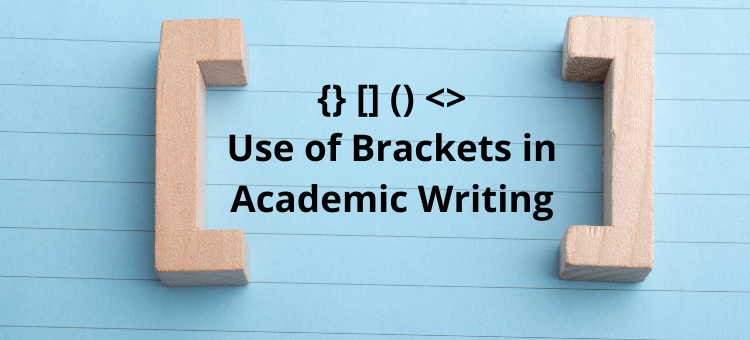
Specific paired punctuation refers to a type of punctuation that occurs in pairs and is used to enclose or separate text within a sentence. These paired punctuations such as brackets can be used as delimiters to determine the order of performing calculations within a mathematical equation, or to alert the reader to text that is not part of a quotation, is incorrect in its original form, or has been omitted.
Paired punctuation marks are typically used in academic writing, technical writing, and other types of formal writing. They are used to improve clarity and accuracy, and to ensure that the reader fully understands the writer’s meaning. In order to use paired punctuation correctly, it is important to understand the specific purpose and function of each type of mark, as well as the correct placement and formatting guidelines. However, the use of paired punctuation is standard in academic writing, but there are some exceptions to this standard.
Types of Brackets
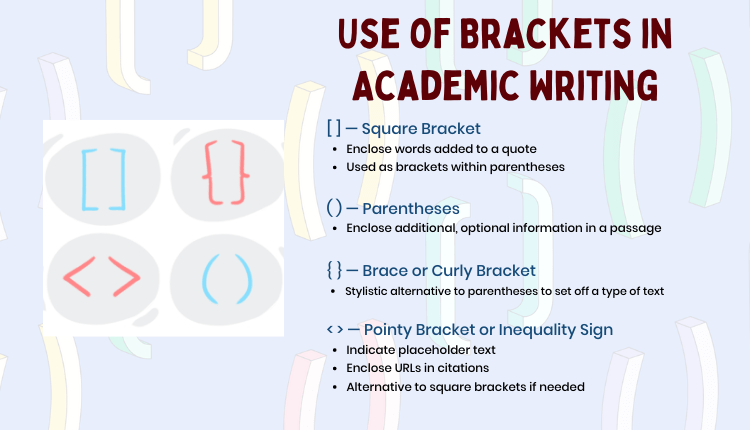
The four main paired punctuation symbols are the bracket (or square bracket; also called parenthesis in British English), the parenthesis (plural: parentheses), the brace (curly bracket in British English), and the inequality sign (pointy bracket). The normal sequence or order of use is {([ ])}; however, this can also differ according to the discipline and which English is used.
[ ]: square bracket
( ): parentheses
{ }: brace or curly bracket
< >: pointy bracket or inequality sign
One more paired punctuation, the angle bracket (〈 〉), is used mainly in mathematics; however, most computer keyboards do not have these symbols and writers tend to use the pointy brackets in its place. It is possible to designate the angle bracket in professional typesetting to avoid this issue, but using the pointy brackets is acceptable.
With a few exceptions, both American and British English use these paired symbols in the same way, although the terminology might differ. For example, in British English, a bracket is either round or square but is not called a parenthesis.
What Is Parenthesis?
Parentheses are a type of paired punctuation consisting of two curved lines ( ) used to enclose a word, phrase, or sentence within another sentence. They are used to provide additional information that is not essential to the main point of the sentence, but that can provide clarification, elaboration, or examples.
Parentheses can be used in a variety of ways in writing, including:
- To enclose additional information or examples within a sentence, as in: “The new software (which was released last week) is already very popular.”
- To provide clarification or explanation, as in: “The company’s new policy (which was implemented last month) has caused some confusion among employees.”
- To indicate a citation or reference, as in: “Recent studies have shown that regular exercise can improve mental health (Smith et al., 2020).”
When using parentheses, it is important to follow certain guidelines to ensure that they are used correctly and effectively. These guidelines include:
- Using parentheses sparingly,
- Avoiding the use of nested parentheses (that is, using parentheses within parentheses),
- Using them consistently throughout a piece of writing.
Your style guide will provide protocols for your field of discipline. Writers in the liberal arts and humanities disciplines use the Modern Language Association (MLA) style guide; those in the social and behavioral sciences, usually refer to the American Psychological Association (APA) style guide; writers not writing within a specific discipline use the Chicago Manual of Style (CMOS), and those in the physical sciences use the Council of Science Editors (CSE) guide.
When Is a Bracket called a Parenthesis?
In American English, the term “parenthesis” is often used to refer to the punctuation mark that is more commonly known as the “round bracket” or “parentheses.” These are the curved marks ( ) that are used to enclose a word, phrase, or sentence within another sentence.
In British English, the term “parenthesis” refers to the use of any type of paired punctuation, including square brackets [ ], curly braces { }, and angle brackets < >, as well as round brackets.
In academic writing, it is important to be aware of the different terms used for these types of paired punctuation marks, and to use them correctly according to the guidelines of the relevant style guide. However, in general usage, the terms “parenthesis” and “parentheses” are often used interchangeably to refer to the curved marks ( ) that are commonly used in writing.
Related: Are punctuation marks leaving a question mark on your face? Check out some useful resources now!
How to Use Brackets in Quotations?
Here are some of the most common uses for brackets in quotations:
- Use square brackets to include words within a quote that are not part of the original quote. For example, if a quoted passage is not entirely clear, words enclosed in square brackets can be added to clarify the meaning.
- Enclose “sic” (loosely meaning, “as written”) in square brackets to indicate that the quote is exactly as is in the original, even if there are spelling or other syntax errors (“The maiden [sic] wore a yellow dress”).
- Usually, enclose an ellipsis in brackets. MLA suggests that parentheses (round brackets) be used; CMOS suggests using square brackets; and some style guides, such as APA, do not use any brackets.
- If you emphasize a word or phrase in a quotation by italicizing or underlining it, use either square brackets or parentheses to inform the reader that these were not part of the original quote. For example, “The dog had really big teeth [emphasis added]!” CMOS suggests using parentheses immediately after the quotation or within the citation; however, if the original quote already has emphasis, square brackets should be used and placed directly after the added emphasis.
- If there is objectionable content in the original quote, use square brackets to substitute for the word or phrase. For example, “The UFO was [expletive] huge!” Although this would rarely occur in the technical and scientific text, you might come across it in other disciplines, and if you find it to not be appropriate for your intended audience, use this rule.
Use of Brackets in Mathematics and Statistics
Brackets are always used in mathematical expressions to help the reader perform various operations within an equation. There are very specific rules about bracket use in this discipline that are rarely altered, and the sequence of use—{[()]}—is different from that in normal text. For example, in the below expression, the calculations would be performed according to the bracket use.
[(3 + 2) × (6 – 4) + 2] × 4
The expression in parentheses would be solved first, that in the square brackets would be solved second, and that not inside the brackets would be solved last. Braces are also used in a mathematical expression to indicate functions or numbers sets. For example, the expression {2, 6, 14, 28} would indicate a specific set of numbers within that range. Of course, both examples are extremely simple mathematical functions, but you get the picture.
In statistical expressions, bracket use also depends on the specific style guide being used. For example, when expressing a probability (p or P), CSE suggests that the expression be surrounded by parentheses, as in (P =.05), but APA prefers that a square bracket is used.
Parentheses Within Parentheses and Lists
When there is a parenthetical word or phrase within an already parenthetical phrase, square brackets are used in American English ([ ]); however, parentheses are used in both British English and legal documents (( )).
Although rare, braces (curly brackets) are used to denote a list within a list. For example, I might say, “I need to go to the store today for laundry detergent, pet food, and dairy products {milk, cheese, yoghurt}.” The words inside the braces constitute a listing within a list.
Website Addresses
Website addresses are not usually included in references; however, if they are, MLA and APA recommend using angle brackets (< >) before and after the address. The brackets will help the reader identify the entire address, but this format also differs. CMOS does not include the brackets.
Regardless of your field of discipline, you should always double check the rules for bracket use, not only in the style guide but also in the author guidelines from the journal to which you are submitting your paper.






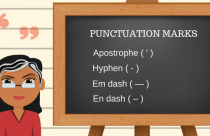
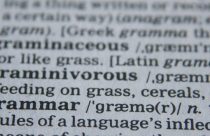

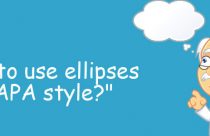
Very interesting article. Thanks.
Thank you – very useful
for me is incredible that I can understand gramatic. thanks a lot.
Very useful – clears up a lot of painful childhood memories of not understanding homework
Recently, as I clarified previous information I provided to an acquaintance, I found this article very helpful. I included several citations to various sources so he could view the material himself if he wished. Everything I learned from this article made it possible for me to legibly list those citations.
Before I found this article, I was floundering as I tried to recollect anything from my school days. I later realized that the context of this matter was never clearly presented by the instructors.
Thank you for helping me understand something that no one ever felt the need to convey to me 30 some odd years ago.